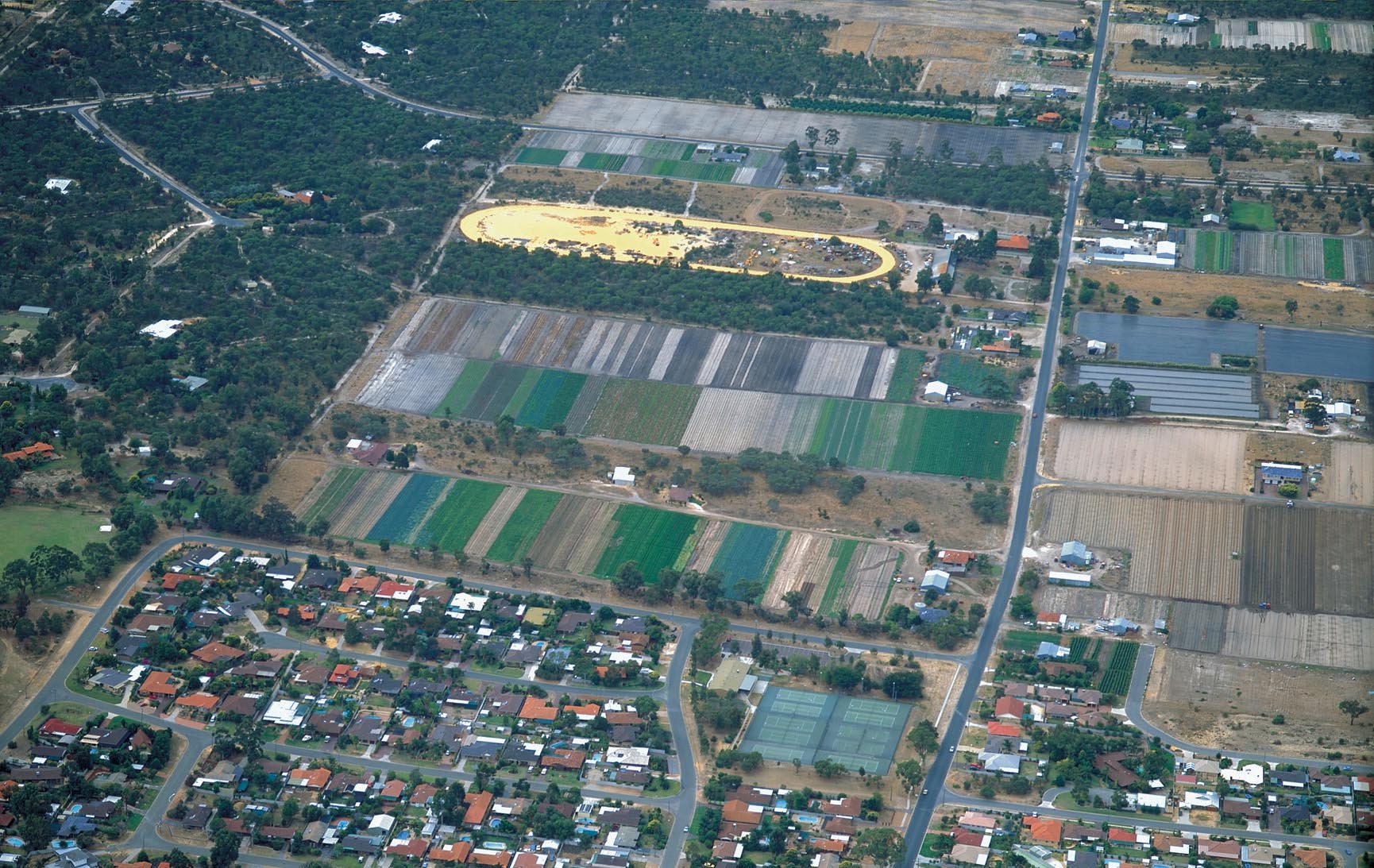
We provide information and advice to the Western Australian Planning Commission, the Department of Planning, Lands and Heritage and Local Government Authorities to assist strategic land-use planning for agriculture and aquaculture.
The department does not routinely provide advice on individual subdivision or other development proposals; instead, we provide strategic advice in the review and development of land-use plans and policies.
Our role
- Identify the state's best and most productive agricultural land (agricultural land of state, regional and local significance.
- Provide information on agriculture, aquaculture and food industry development requirements and future demand for land and water resources.
- Provide advice to the Western Australian Planning Commission on cases before the State Administrative Tribunal, particularly where high quality agricultural land is affected.
- Identify land-use opportunities matched to land capability and provide advice on preserving high quality agricultural land.
- Provide advice to planners about land degradation hazards and risks associated with development including advice on stocking rates for rural small holdings.
- Identify potential impacts on agriculture and food industries in planning proposals for urban and semi-rural development and rural growth areas, recognising that such land-use changes have the potential for land-use conflict.
- Advise on potential impacts from potential urban and rural residential development expansion on high quality agricultural land or land used for agricultural food processing.
- Work with planning authorities to define clear urban growth boundaries adjacent to agricultural land.
- Identify suitable separation distances and buffers between land uses potentially competingwith agricultural, food production, and processing land to avoid land-use conflict.
We provides land-use planning advice and information on:
- areas of state and regional significance for agriculture
- land capability and high-quality agricultural land (HQAL) – for example, Review of land capability for the Swan Valley
- trends and issues facing agriculture and food industries that intersect with land-use planning (e.g. buffers, infrastructure)
- formal submissions on land-use plans and policies which affect agricultural and food industries.
Our knowledge and expertise on agricultural land-use planning is valuable when state planning policies are reviewed and updated, and in planning for the growth of the Perth, Peel and other regions of Western Australia.
Four publications that help guide rural and agricultural land-use planning in Western Australia are available from the Western Australian Planning Commission (WAPC):
- State Planning Strategy 2050, specifically Section 4 Agriculture and food
- State Planning Policy 2.5 Rural planning (December 2016)
- Development Control Policy 3.4 Subdivision of rural land (December 2016)
- Rural Planning Guidelines – Guidelines in using and interpreting the rural planning policies.
Rural planning policies gazetted in December 2016 provide guidance on statewide planning for animal premises, intensive agriculture and basic raw materials.
The Department of Planning, Lands and Heritage (DPLH) has fact sheets to help planners understand:
- poultry farms
- piggeries
- basic raw materials, which includes material, such as limesand and gypsum, used to ameliorate agricultural land.
We worked with the DPLH to review the:
- Agriculture policy for the Peel Region Scheme. The draft policy was expanded to consider the impact of agriculture on the sensitive waterways and estuary of the Peel–Harvey.
- State Planning Policy 2.1 Peel–Harvey coastal catchment policy.
We work with:
- the WAPC, DPLH, regional development commissions, Landcorp and others to identify new areas for agribusiness. An example is the South West Food Processing Precinct report that identified Waterloo near Bunbury, Western Australia as the preferred location for a future agri-industry investment in the south-west region.
The Peel Development Commission on the Peel Food Zone project, part of the Transform Peel Initiative.
We provide local land-use planning advice and information:
- to local governments developing or reviewing plans, strategies and policies relevant to the agricultural and food industries, with the aim to minimise adverse impact of planning decisions on local agriculture and food industries and individual enterprises
- to local governments where proposed rural subdivision adjoin high quality agricultural land
- as formal comment on referred planning scheme amendments that could affect food production and processing enterprises.
The department's aim is to ensure established agricultural industries can continue to operate without sensitive nearby land uses, such as residential dwellings, compromising operations; and that new or expanded agricultural enterprises do not adversely affect nearby sensitive land uses or environments.
We worked with local governments in the Peel region along with the Peel-Harvey Catchments Council and other state agencies to guide new investment in horticulture in the Peel-Harvey. We contributed our technical and policy expertise into Peel's model local planning policy for horticulture by interpreting regional soil-landscape mapping into a nutrient export risk table for use with the policy.
When providing advice to local government, we are guided by:
- Department of Health Guidelines for separation of agricultural and residential land uses
- EPA Guidance Statement Separation Distances between Industrial and Sensitive Land Uses
- stocking rate guidelines
- equine management plansapproved by the local shire
- identification of high quality agricultural land
Related links
- Western Australian Planning Commission
- Department of Planning, Lands and Heritage
- Local Government Authorities
- Development Control Policy 3.4 Subdivision of rural land
- Rural planning guidelines
- Environmental Protection Authority - Separation distances between industrial and sensitive land uses
- Department of Health - Guidelines for separation of agricultural and residential land uses
- Peel-Harvey horticulture model planning
- State planning strategy 2050
Contact us
-
Land use planning

